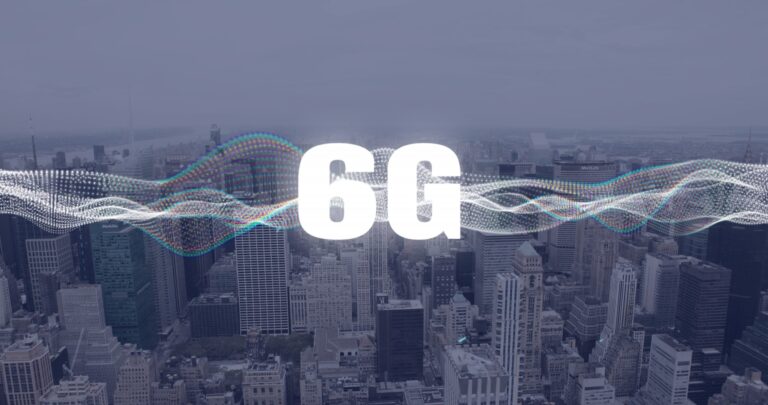5G is still expanding, but an early and aggressive approach to 6G spectrum allocation is key
In May 2024, the National Telecommunications and Information Administration (NTIA) requested public comment and information on the current state of development for as-yet-unstandardized 6G wireless systems, indicating that it is not too early to start defining what to expect from the next generation. While the request at the time did not cover 6G-related spectrum issues, the fact that the industry is using more and more spectrum with each generation is a reality that must be addressed.
“Spectrum is the lifeblood of all commercial mobile broadband,” said MITRE’s Andrew Thiessen, chair of the Next G Alliance Spectrum Working Group. “Without available spectrum, countries’ ability to continue progressing toward ubiquitous connectivity is hindered.” As part of its roadmap to 6G research, the NextG Alliance, an initiative of the Alliance for Telecommunications Industry Solutions (ATIS), published a white paper exploring future 6G spectrum needs and concluding that while many unknowns remain, ultimately, in general, “the inter-generational evolution of commercial mobile broadband will be characterized by spectrum usage efficiency and continued increases in the amount of spectrum used to support novel and diverse wireless applications.”
The paper focuses primarily on North America’s frequency band needs, focusing on the 3.1-3.45 GHz, 7.125-8.5 GHz, and 12.7-13.25 GHz frequency bands, all of which are considered mid-band and upper-mid-band bands. Broadly speaking, ATIS found that rural macrocell deployments would require the least amount of spectrum to support a wide forecast range of 6G use cases, urban macrocells would require the most, and urban microcell deployments would fall somewhere in between.
So how much spectrum will North America need for 6G? ATIS concludes that an estimated 1,070 MHz will be needed in the lower 3 GHz band, slightly less at 1,019 MHz at 7.125-8.5 GHz, and over 2,100 MHz will be needed to achieve target KPIs at 12.7-13.25 GHz. ATIS points out that these figures merely reflect the KPI characteristics of various applications, and are not “the practical needs of 6G deployment.”
If spectrum is the lifeline of mobile broadband, then the World Radiocommunication Council (WRC) is its fourth line, so to speak. Meeting every 3-4 years, the WRC is tasked with reviewing and, if necessary, revising global radio regulations. The most recent meeting took place in December 2023, and achieved harmonization of the existing International Mobile Telecommunications (IMT) band (the 3 GHz band) and added a new band for wireless broadband: the upper 6 GHz band (6.425-7.125 GHz).
Currently, one of the main agenda items for WRC-27 includes identifying several additional frequency bands for potential IMT applications, including 4.4-4.8 GHz, 7.125-8.4 GHz, and 14.8-15.35 GHz. Specifically, the 4.4-4.8 GHz band or parts thereof will be considered in Europe, Middle East, and Africa (Region 1) and Asia-Pacific (Region 3), the 7.125-8.400 GHz band or parts thereof will be investigated in the Americas (Region 2) and Asia-Pacific. Additionally, the 7.125-7.250 GHz band and the 7.75-8.4 GHz band or parts thereof will be considered in Region 1. The 14.8-15.35 GHz band will be considered in all regions.
While 5G is still being rolled out around the world, the rapid growth in wireless traffic, combined with the complex and often contentious nature of spectrum identification and allocation, calls for a proactive approach to 6G spectrum needs to deliver on the capabilities 6G promises: significantly higher capacity and significantly lower latency for advanced applications such as enhanced virtual reality and autonomous vehicles, as well as the ability to support the rapidly growing number of smart devices in warehouses, hospitals, cities and homes.


